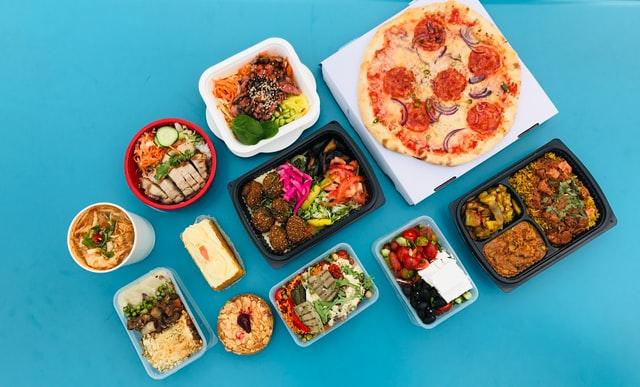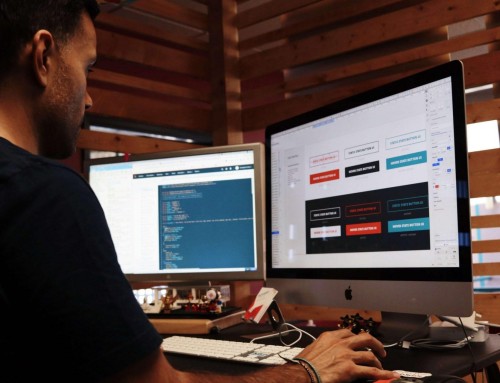Amazon the e-commerce mega-giant has recently starting the distribution and sale of its own “Amazon Meal Kits” which is just one of the latest meal kits to hit the very competitive meal kit market. With meals ranging from Wagyu Beef Burger with Bacon Jam, to Cajun Catfish Tacos, the kits can be shipped to anywhere. These meals are perfect for a lunch on the go, or for work and school. They’re also great for hiking, camping trips, or for survival situations.
Some short falls of these kits include their prices and the time it takes to arrive. The price of ordering one meal can be the equivalent of purchasing four in a physical restaurant or store. Once you factor in the price for shipping, it cost even more. The delivery may be too slow, depending on where you are located. It might not even be worth it if you are ordering just one meal. There is a way you can get these meals faster, of course you will have to pay even more for premium shipping.
Some customers have even started questioning how safe these products are. So far, nothing major has happened to customers of the ever-popular meal kits. Based on customer reviews these products seem like any other food you purchase at your local grocery store. These kits are not for everybody. The taste of the food may not be as fresh as they are prepared by somebody at an earlier date. The preservatives may give the food a taste that is slightly different from something that is freshly prepared.
On the plus side of these meal kits involve the amount of different meals you can order. Salmon Nicoise, Tacos al Pastor, Falafel, Chicken Tikka Masala, Thai Red Curry, and Yakisoba Noodle Stir Fry are just a sample of the wide variety of meals you can order. Some of these types of food may not be readily available in your local area. Ordering these meals in bulk is one way to lower the price you pay, compared to purchasing a smaller amount of kits.
Software developers are beginning to take notice of the meal kit market. The kit’s continual increase in popularity is making the profitability bigger and bigger each day. In 2016 meal kits market generated between $1 and $1.5 billion. In the next couple years, the meal kit market is expected to continue to grow an addition couple billion and up to $36 billion by 2036. New companies are emerging in the meal kit field and are cashing in. Blue Apron reported $750 million in business last year. New competition that is cropping up is resulting in newer developments and innovations. New meals and better prices for them are some of the benefits beginning to trickle down to customers. Delivery speed and price are two of the factors that need to be changed the most. Software developers and entrepreneurs are beginning to position themselves to make it a better market.
Mobile app development by software developers can make these meal kits even more accessible. Apps can increase the variety of different services and kits that can be ordered. The competition created by these developers will keep making the market more and more diverse. Meal kits are becoming more mainstream, following these advancements. If the cons disappear and the market keeps introducing new things, you could see everyone ordering these kits. Amazon has uniquely positioned itself within the meal kit market and has a head start with their people developing software. Meanwhile, the rest of the market will be forced to try and catch up.





